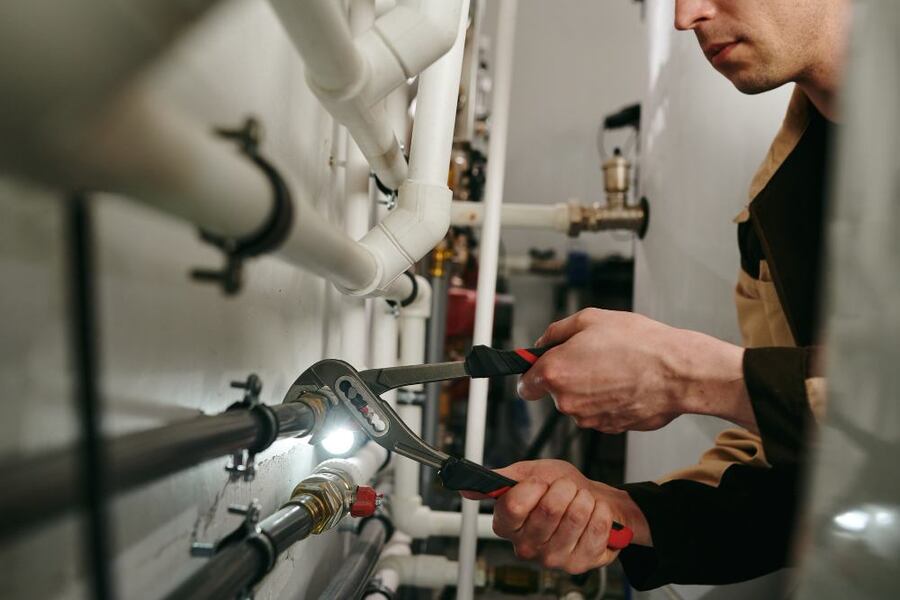How to Insulate Pipes
Properly insulated pipes are crucial for maintaining efficient plumbing systems and protecting your home from potential damage caused by freezing temperatures. Whether you're looking to conserve energy, prevent frozen pipes, or reduce noise from water flow, insulating your pipes is a worthwhile investment. In this guide, we'll explore the importance of pipe insulation and provide tips on how to effectively insulate pipes in your home.
Why Pipe Insulation Matters
- Preventing Freezing: Insulated pipes are less susceptible to freezing during cold weather, reducing the risk of burst pipes and water damage to your home.
- Energy Efficiency: Insulating hot water pipes can help retain heat, allowing you to save energy and reduce your utility bills.
- Reducing Condensation: Insulation helps prevent condensation from forming on pipes, reducing the risk of mold and moisture-related issues.
- Minimizing Noise: Insulating pipes can help dampen the sound of water flow, resulting in a quieter plumbing system.
Choosing the Right Insulation Material
Before insulating your pipes, it's essential to select the appropriate insulation material. Common options include:
- Foam Insulation: Foam pipe insulation is easy to install and comes in pre-slit tubes that wrap around pipes of various sizes. It provides excellent thermal protection and is suitable for both hot and cold water pipes.
- Fiberglass Insulation: Fiberglass pipe insulation is more rigid than foam insulation and offers superior thermal performance. It comes in rolls or batts and can be secured with tape or wire.
- Reflective Foil Insulation: Reflective foil insulation reflects heat away from hot water pipes, helping to maintain temperature levels. It is particularly useful in areas with high temperatures.
How to Insulate Pipes
- Assess Your Plumbing System: Begin by identifying which pipes in your home need insulation. Pay attention to pipes located in unheated areas such as basements, attics, and crawl spaces, as well as those exposed to exterior walls.
- Gather Supplies: Purchase the appropriate insulation material for your pipes, along with any necessary tools such as scissors, tape measure, and gloves.
- Prepare the Pipes: Clean the pipes thoroughly to remove any dirt or debris. If there are any existing leaks or damage, consider contacting a plumber or plumbing repair service to address these issues before insulating the pipes.
- Measure and Cut Insulation: Measure the length of the pipes and cut the insulation material to the appropriate size using scissors or a utility knife. Ensure that the insulation fits snugly around the pipes without any gaps.
- Install Insulation: Slide the insulation over the pipes, making sure to cover the entire length. For foam insulation, use the pre-slit side to wrap around the pipes securely. For fiberglass insulation, secure the ends with tape or wire to hold it in place.
- Seal Joints and Gaps: Use tape or adhesive to seal any joints or gaps in the insulation to prevent heat loss or moisture infiltration.
Contact Us for Assistance
Insulating your pipes is a simple yet effective way to protect your plumbing system and improve its efficiency. By following these steps and investing in quality insulation materials, you can safeguard your home against freezing temperatures, conserve energy, and prolong the lifespan of your pipes. If you encounter any challenges during the insulation process or require assistance, don't hesitate to contact Texas Rooter, a reliable plumbing service for professional assistance. With proper insulation and maintenance, you can enjoy a reliable and efficient plumbing system for years to come.
